Region: Transcontinental country,
located mostly on Anatolia in Western Asia
and on East Thrace in Southeastern Europe.
Area Total: 783,562 km2
Coast Line: Black Sea, The Sea of Marmara, Aegean Sea, Mediterranean Sea
Coast Line: Black Sea, The Sea of Marmara, Aegean Sea, Mediterranean Sea
Capital: ANKARA
It is believed that Şırnak was originally called "Sehr-i Nuh" (the city of Noah) since it was near Cudi Mountain where Noah's Ark finally landed after the Flood.
Cizre, Şırnak
Noah-Mausoleum-Cizre, Şırnak
The 2114-meter Mount Cudi stands to the south of the city. According to local legend,
Mount Cudi – rather than the more commonly cited Mount Ararat – is home to Noah's Ark. The legend relates that Şırnak was established by Noah's sons
as a summer settlement after the Flood. The city's name is a combination of 'Şır' meaning city, and 'Nak' meaning Noah. Together, the name Şırnak means
City of Noah.
Mount Cudi – rather than the more commonly cited Mount Ararat – is home to Noah's Ark. The legend relates that Şırnak was established by Noah's sons
as a summer settlement after the Flood. The city's name is a combination of 'Şır' meaning city, and 'Nak' meaning Noah. Together, the name Şırnak means
City of Noah.
Folk Dances
All the local folk dances tell stories and have well documented histories. Every district in Şırnak has its own unique version of the traditional folk dances. These dances are
usually accompanied by 'davul' (drums) and 'zurna' (a shrill pipe), as well as 'bağlama' (a plucked instrument with three double strings and a long neck), 'cümbüş' (a
mandolin with a metal body) and 'darbuka' (cylindrical drum beaten with the hands).
All the local folk dances tell stories and have well documented histories. Every district in Şırnak has its own unique version of the traditional folk dances. These dances are
usually accompanied by 'davul' (drums) and 'zurna' (a shrill pipe), as well as 'bağlama' (a plucked instrument with three double strings and a long neck), 'cümbüş' (a
mandolin with a metal body) and 'darbuka' (cylindrical drum beaten with the hands).
Şalşepik
The production of 'şalşepik'fabric in Şırnak is as old as the silk trade. The fabric is mainly made of mohair, as well as other materials including wool, cotton and thread.
The production of 'şalşepik'fabric in Şırnak is as old as the silk trade. The fabric is mainly made of mohair, as well as other materials including wool, cotton and thread.
Traditional Şırnak dress is made from this fabric and woven to personal preference.
Most motifs have a symbolic meaning, and can be woven specifically for an individual.
Most motifs have a symbolic meaning, and can be woven specifically for an individual.
Kilims and Motifs
Kilims are woven from woolen yarn colored with natural dyes, and are made in almost every region of Şırnak. Nevertheless, those woven by the Jirki clan in the district of Beytüşşebap are particularly famous.
Kilims are woven from woolen yarn colored with natural dyes, and are made in almost every region of Şırnak. Nevertheless, those woven by the Jirki clan in the district of Beytüşşebap are particularly famous.
Most of the motifs used in the kilims have symbolic meanings. Star motif represents the few remaining
stars in the early morning sky. Gubale Cıldor expresses the feelings of a woman ill treated by her husband.
stars in the early morning sky. Gubale Cıldor expresses the feelings of a woman ill treated by her husband.
Gülbeyan a motif inspired by roses. Lilüper expresses the hopes and dreams of unhappy brides forced to live with their inlaws.
Nomads and Life on the Plateau
The nomadic people of Şırnak are at one with nature, spending the summers in the cool, verdant plateaus and winters in the warmer lowland plains. They live in tents, and earn a living by breeding livestock - moving wherever their livestock can findgrazing. In order to avoid interrupting their children's education, they only migrate during school holidays. One of the primary occupations of nomadic women is weaving carpets and kilims. They wash the wool, spin it into yarn, and color it with natural dyes obtained from the roots of a variety of plants that grow on the plateaus. For hundreds of years, the women have expressed their culture through the carpets and kilims woven from these handspun yarns. Near the end of the summer on the plateau, the nomads stock and prepare provisions for the coming winter.
The nomadic people of Şırnak are at one with nature, spending the summers in the cool, verdant plateaus and winters in the warmer lowland plains. They live in tents, and earn a living by breeding livestock - moving wherever their livestock can findgrazing. In order to avoid interrupting their children's education, they only migrate during school holidays. One of the primary occupations of nomadic women is weaving carpets and kilims. They wash the wool, spin it into yarn, and color it with natural dyes obtained from the roots of a variety of plants that grow on the plateaus. For hundreds of years, the women have expressed their culture through the carpets and kilims woven from these handspun yarns. Near the end of the summer on the plateau, the nomads stock and prepare provisions for the coming winter.
Lamb shearing and the Yayla Festival
The lamb shearing and 'Yayla Şenliği' (seasonal migration festivities) are very popular events. The festival plays an important role in local culture, and is one of the most colorful and dynamic examples of Şırnak's economic, social and cultural life, featuring local costumes, games, folk songs, spit roasted lambs, and 'yer sofraları' (communal meals eaten sitting on the ground).
The lamb shearing and 'Yayla Şenliği' (seasonal migration festivities) are very popular events. The festival plays an important role in local culture, and is one of the most colorful and dynamic examples of Şırnak's economic, social and cultural life, featuring local costumes, games, folk songs, spit roasted lambs, and 'yer sofraları' (communal meals eaten sitting on the ground).
The minbar of the Mosque of the
Prophet Noah
Prophet Noah
The Fargoşin plateau in the Beytüsşşebap district The Dirheler or Dev Evleri, Şırnak
meaning Giant Houses consist of four huge caverns dug into the rock, and are thought to have been used as watchtowers against incursions by the Assyrians,
meaning Giant Houses consist of four huge caverns dug into the rock, and are thought to have been used as watchtowers against incursions by the Assyrians,
or as shelter during the migration to the summer pastures.




















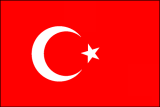
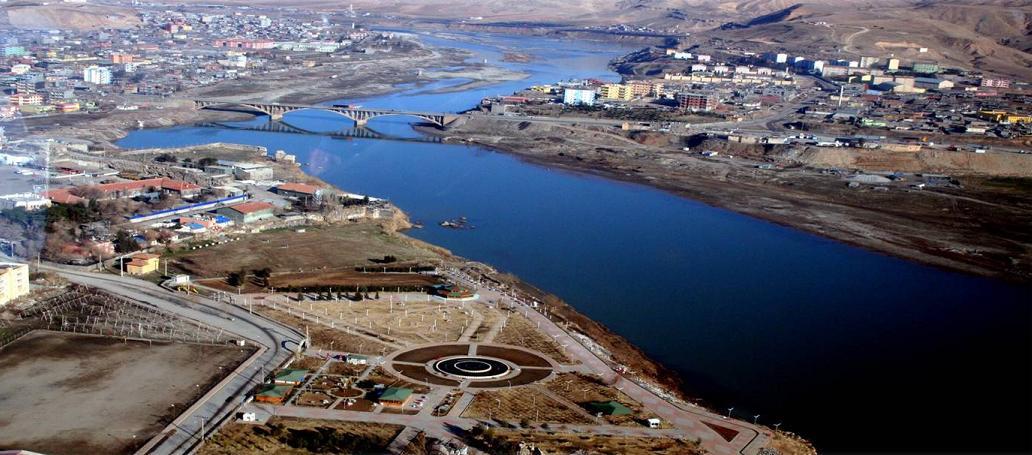
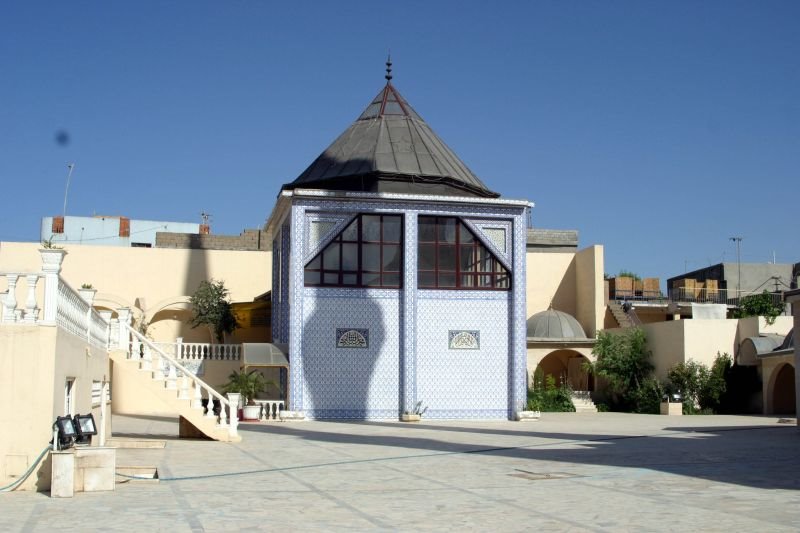
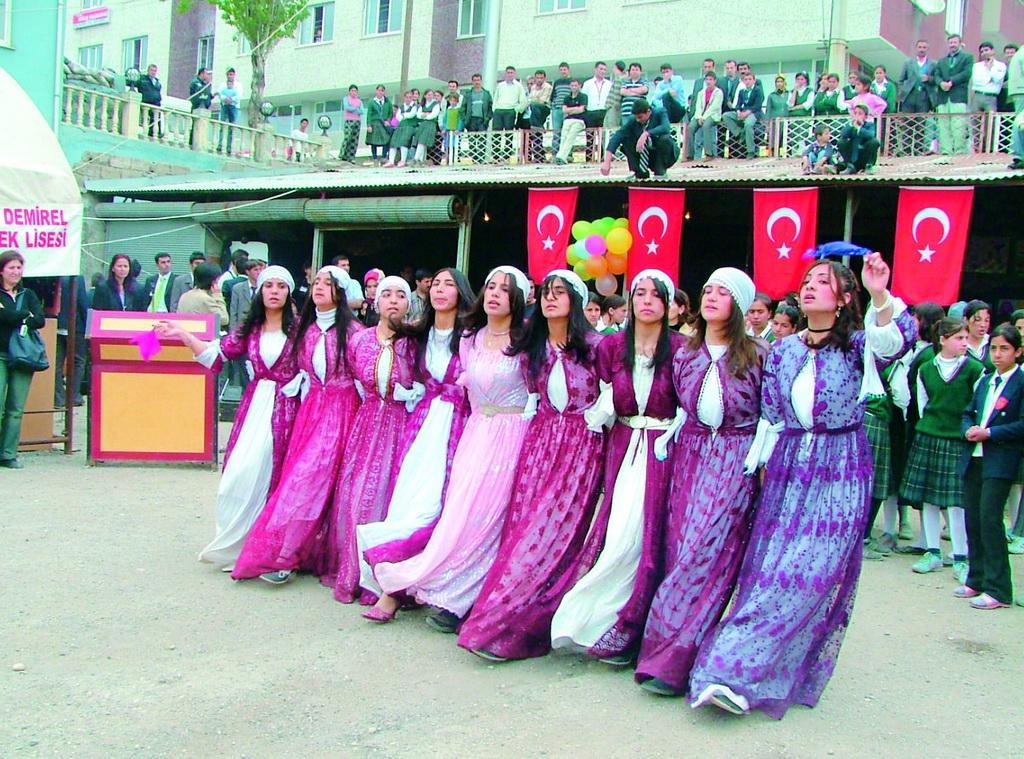
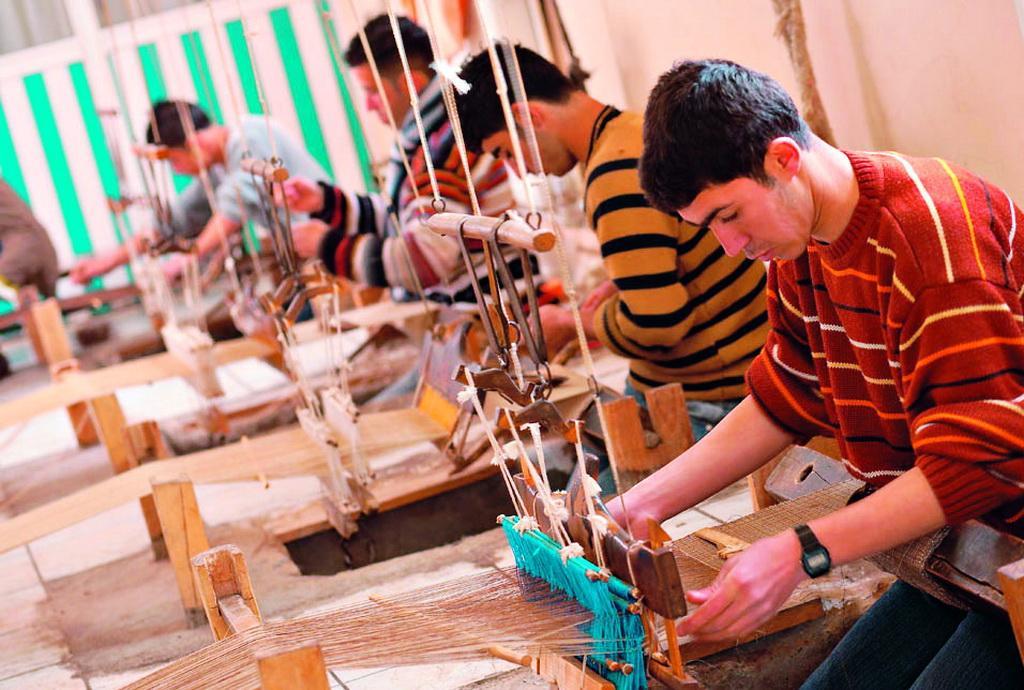
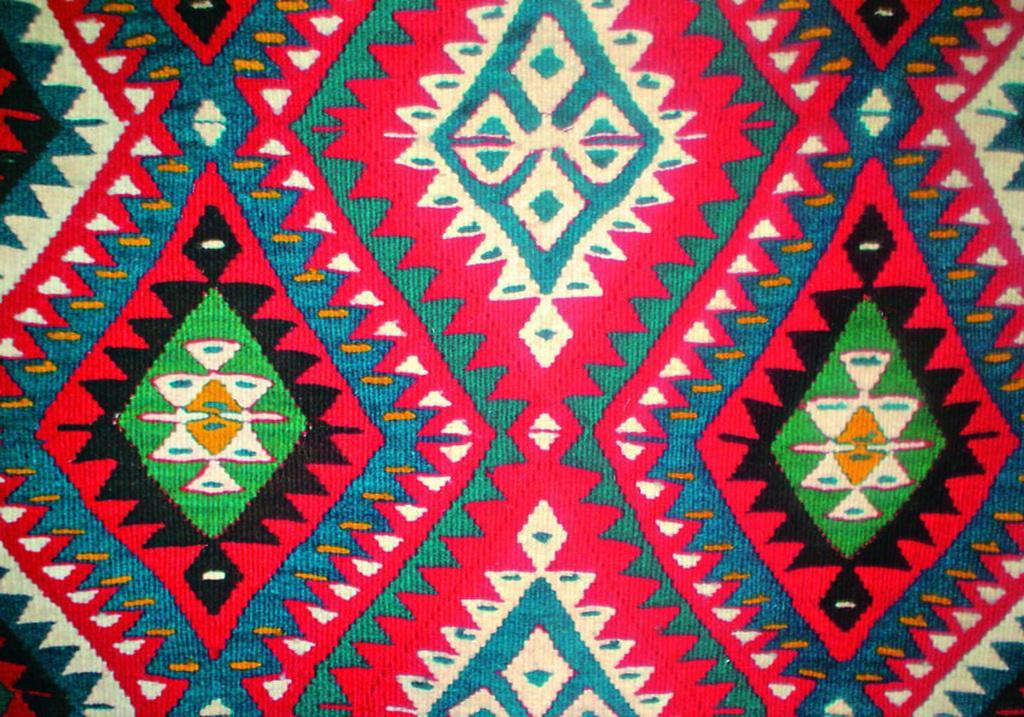
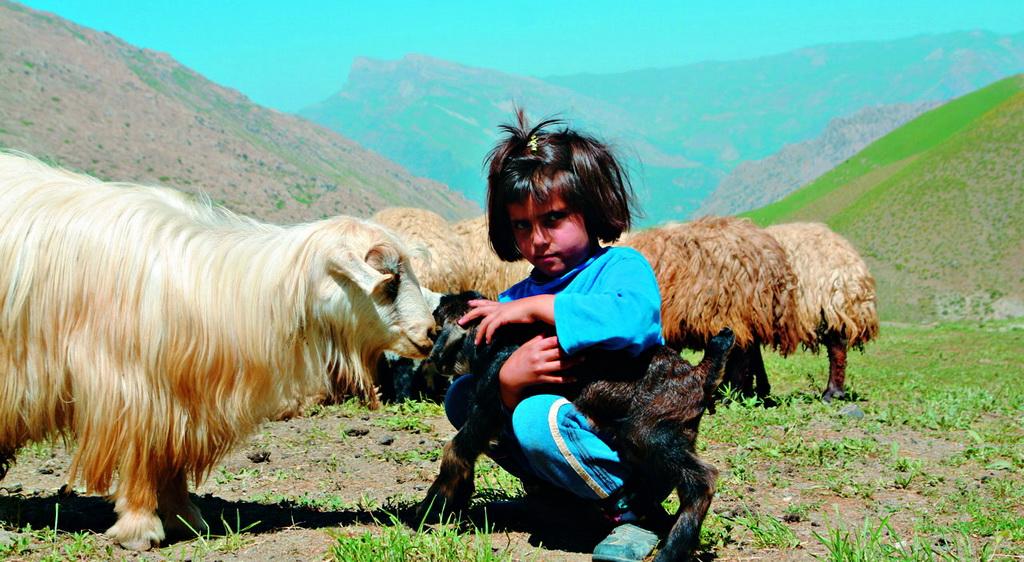
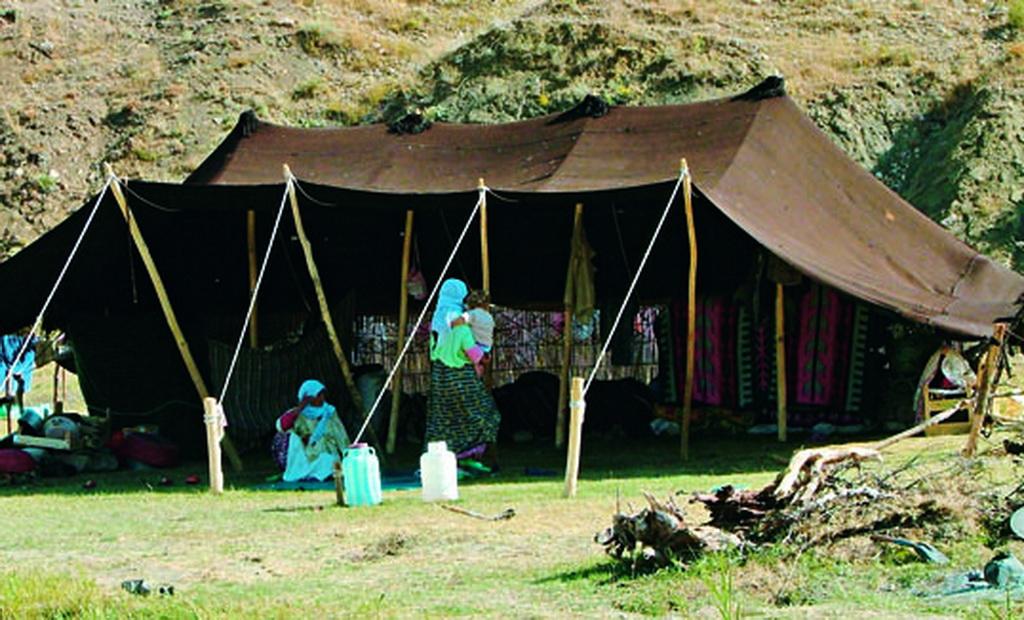
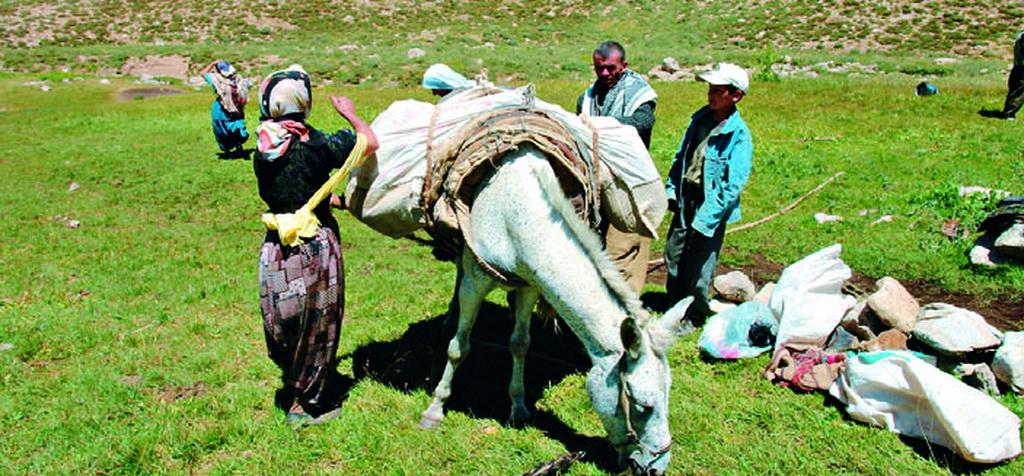
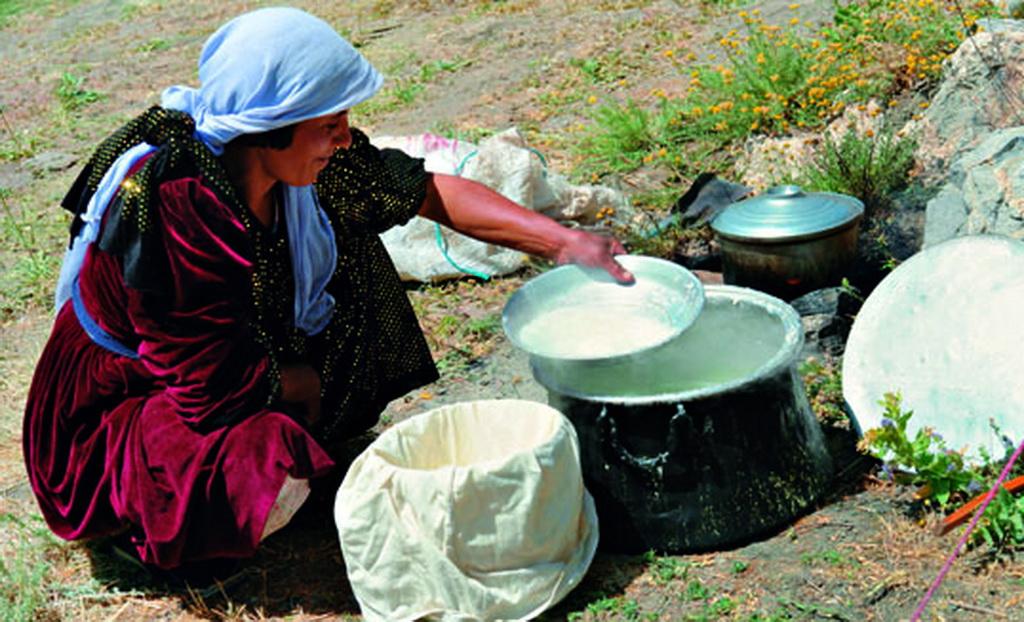
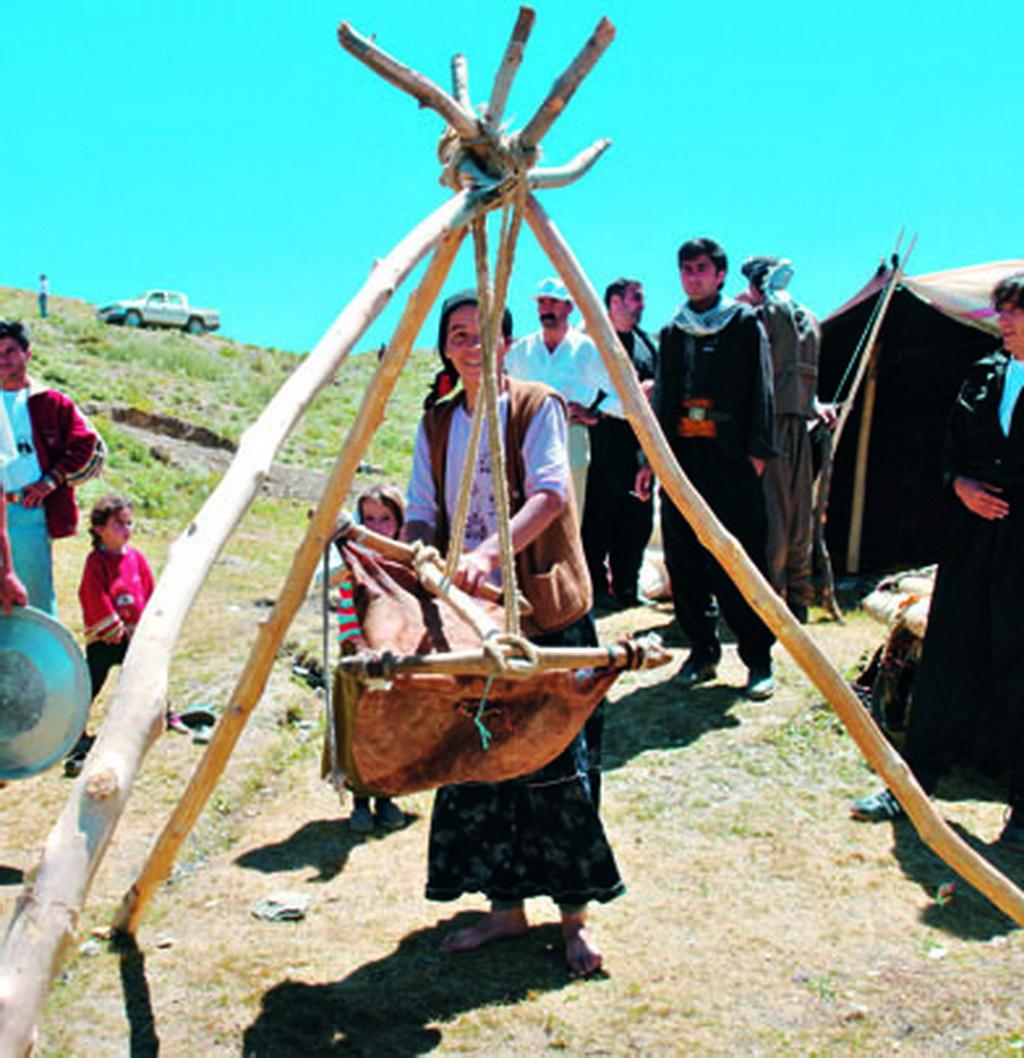
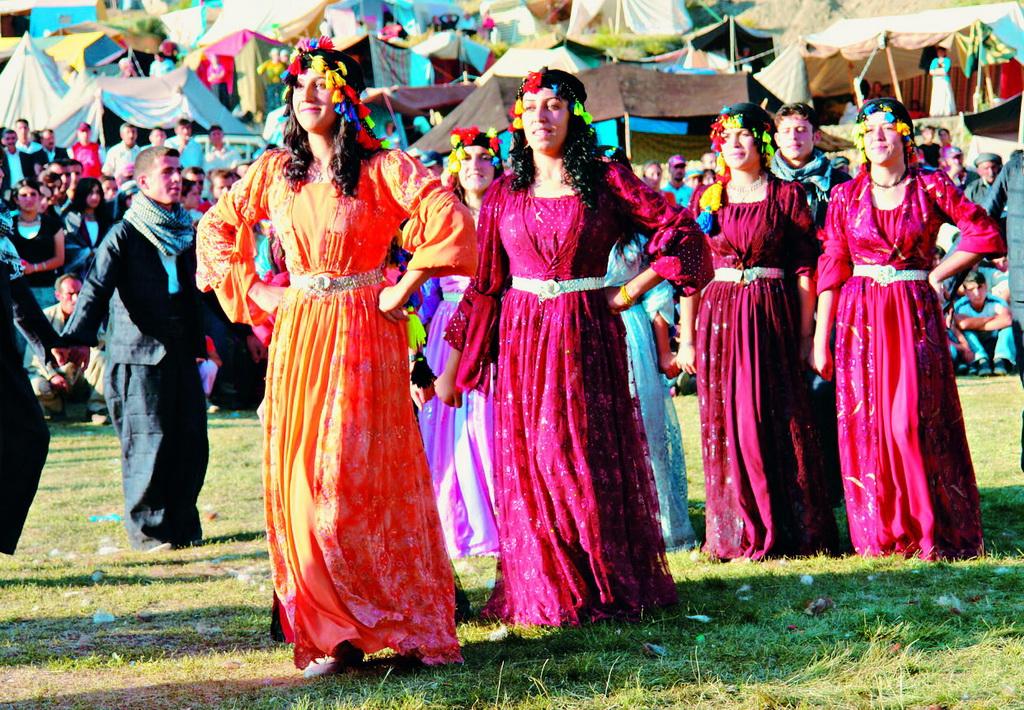
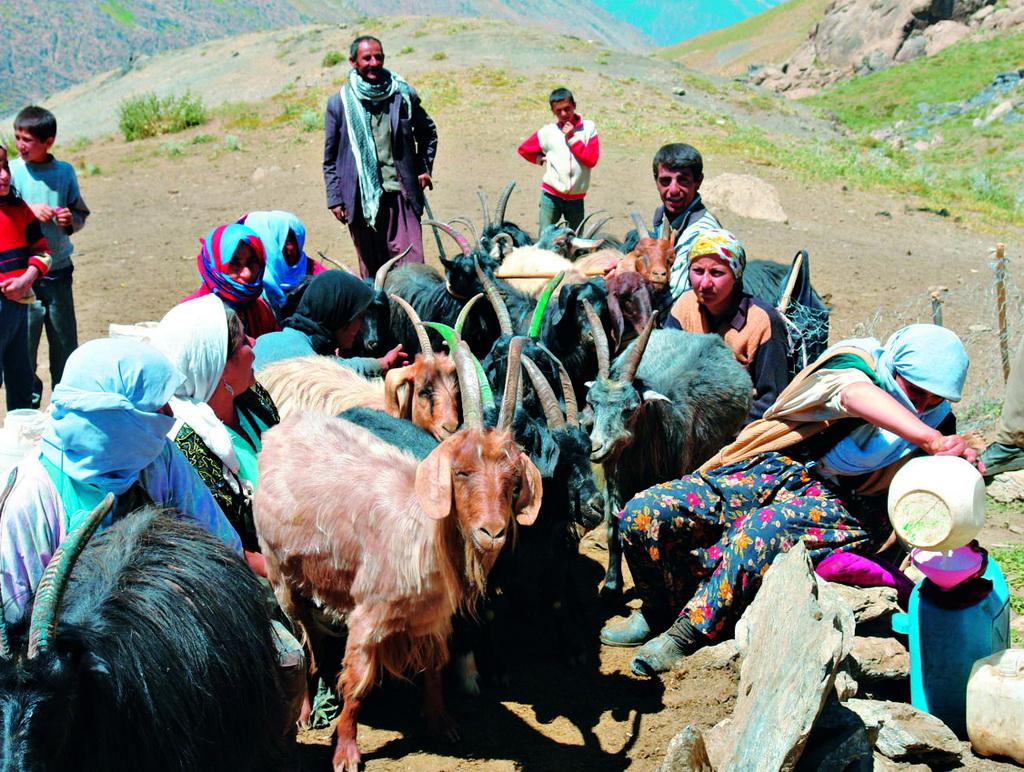
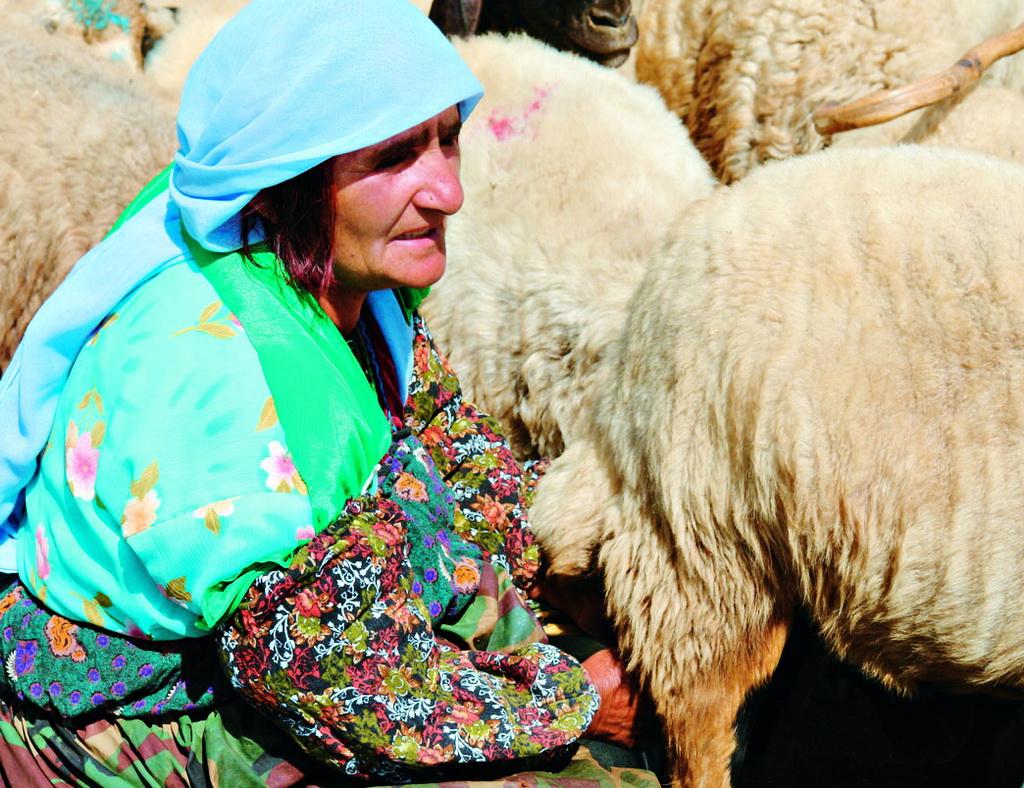
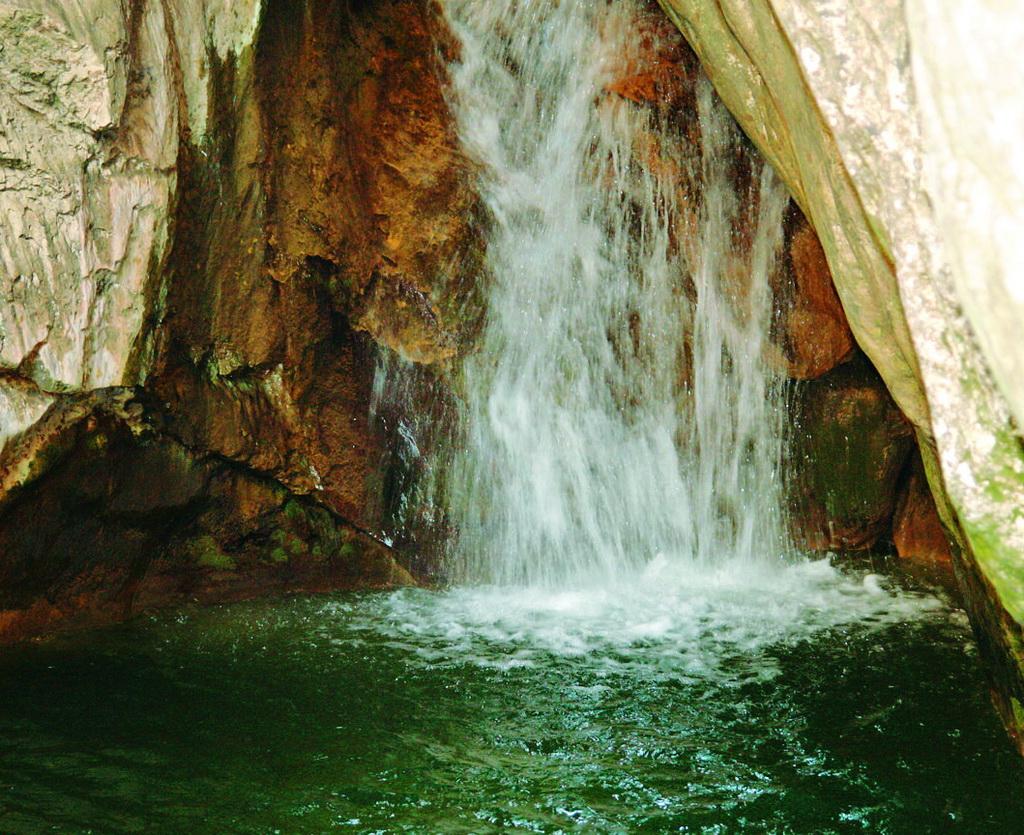
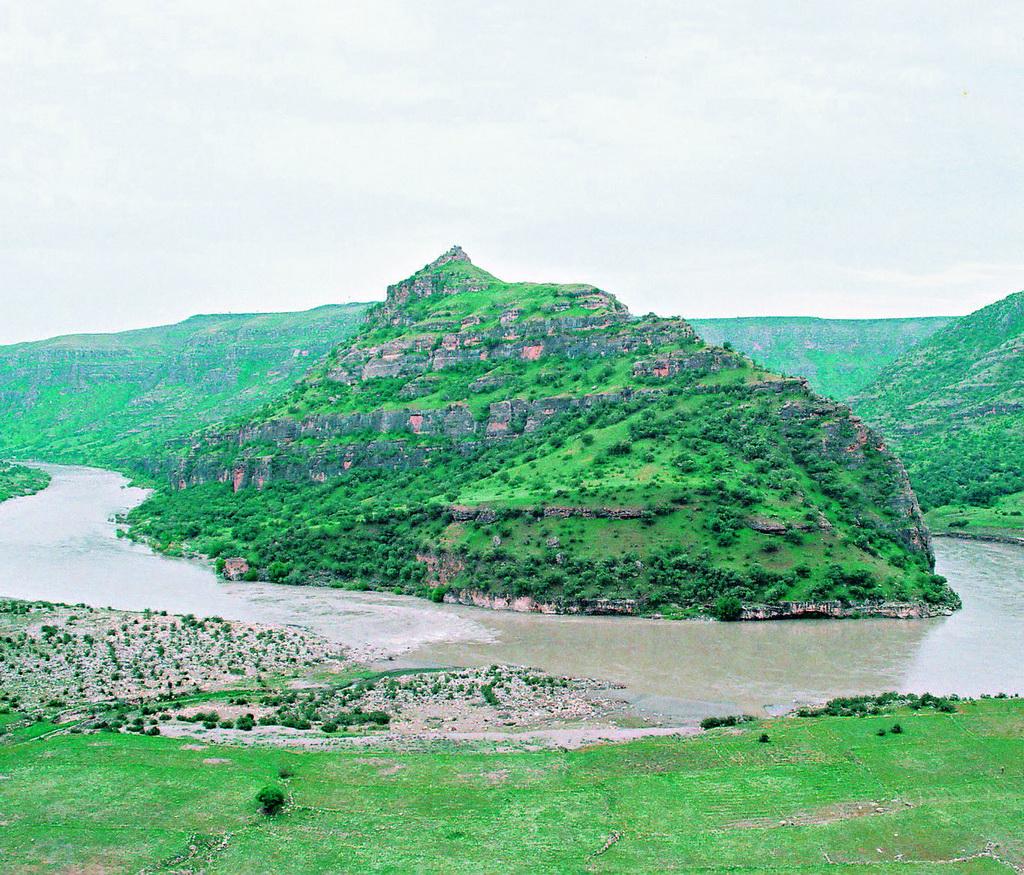
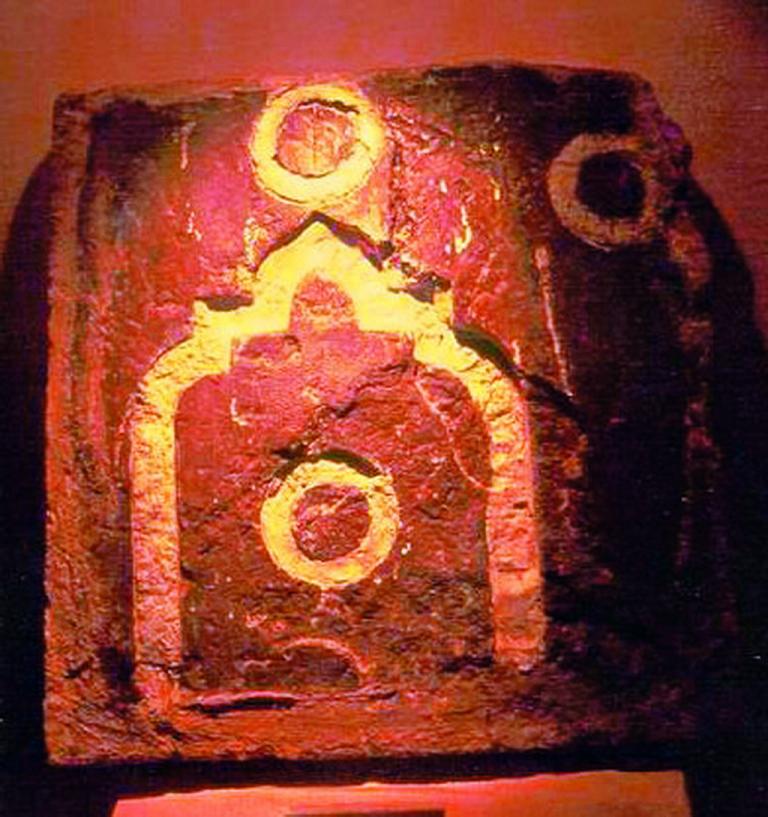
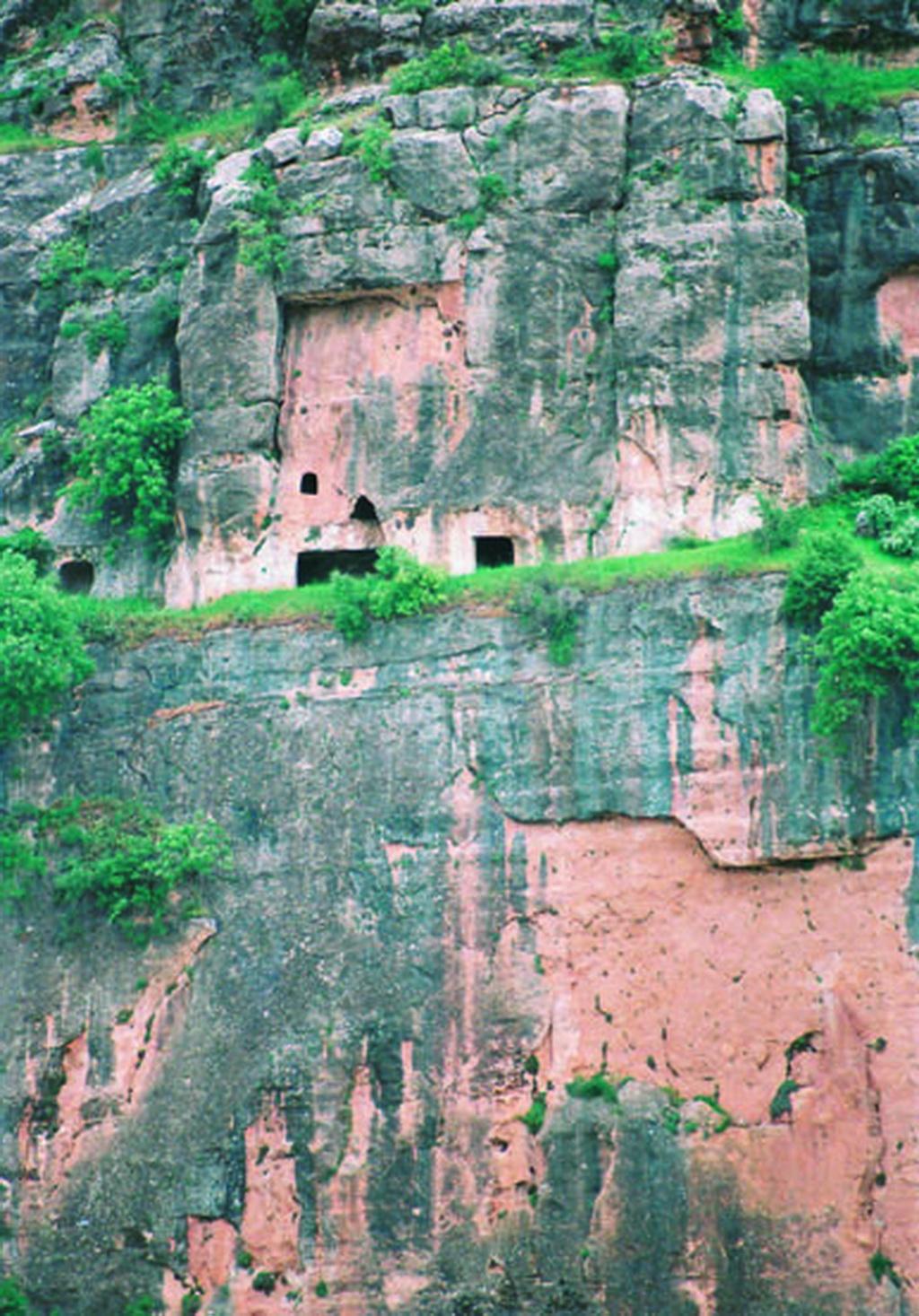
No comments:
Post a Comment